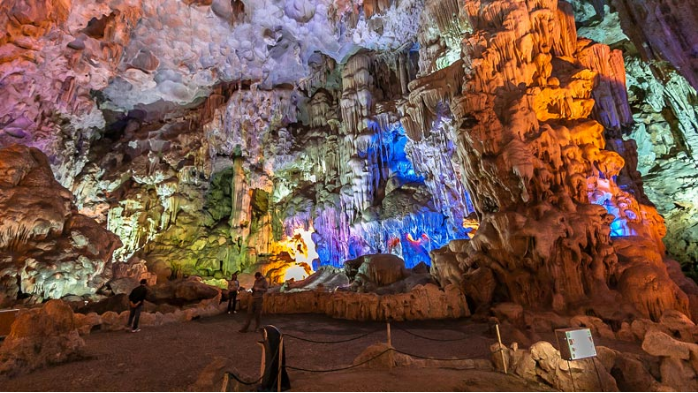Phong Nha Ke Bang is rated as an attractive tourist destination for tourists in the world's major travel magazines. Coming to Quang Binh, you have not been to Phong Nha Ke Bang, have not heard about Phong Nha Ke Bang, you can say that you have not been to Quang Binh.
Vietnam is famous for many scenic spots formed under the hands of nature and creation such as Ha Long Bay, Marble Mountains, etc. Typical among them is the beautiful and magnificent cave system. of Phong Nha - Ke Bang National Park _ a world natural heritage, has set many world records such as Son Doong cave, Vom cave, .... The cave is one of the most beautiful and widest caves in the world. to the "first wonder of the cave" Phong Nha cave.
Phong Nha Cave is one of the natural landscapes of the cave system of Phong Nha - Ke Bang National Park located in Bo Trach and Minh Hoa districts, Quang Binh province, about 50km northwest of Dong Hoi city. , about 500 km south of Hanoi capital. To get to Phong Nha cave, we have to get off the boat dock and cross the Son River to enter the cave entrance. Phong Nha cave was formed by geological tectonics occurring in the Ke Bang limestone mountain range. The interlaced fault system on the limestone surface has created conditions for water to easily seep into the limestone blocks. Cavitation has corroded, dissolved, and washed away limestone for millions of years.
There are also traces and inscriptions carved on the cliffs in the ancient Cham Pa language, showing that Phong Nha cave was discovered by the Cham people from ancient times when this land was still under the Kingdom of Champa and was once the place where the king was once. Ham Nghi lived during the Can Vuong era during the resistance war against the French colonialists. To get to Phong Nha cave, we can follow two paths. One is to go down to the boat station and follow the Son river, the other is to go upstream of the Gianh river to the part where the Gianh river meets the Son river and then follow the Son river to enter the cave.
It can be said that coming to Phong Nha cave is like being lost in a fairy world with unique, magnificent and poetic beauty. Phong Nha is 7,729 m long, has 14 caves, has an underground river 13,969 m long. The stalactites in the cave have been built for millions of years from water with dissolved limestone, thereby accumulating into fancy images such as lions, thrones, Buddha images, etc. This place is divided into two caves: dry cave and water cave. In the water cave, this place consists of three caves: Bi Ky, Co Tien, Cung Dinh with colorful stalactites, the shape and majesty of the chambers, limestone corridors covered with stalactites.
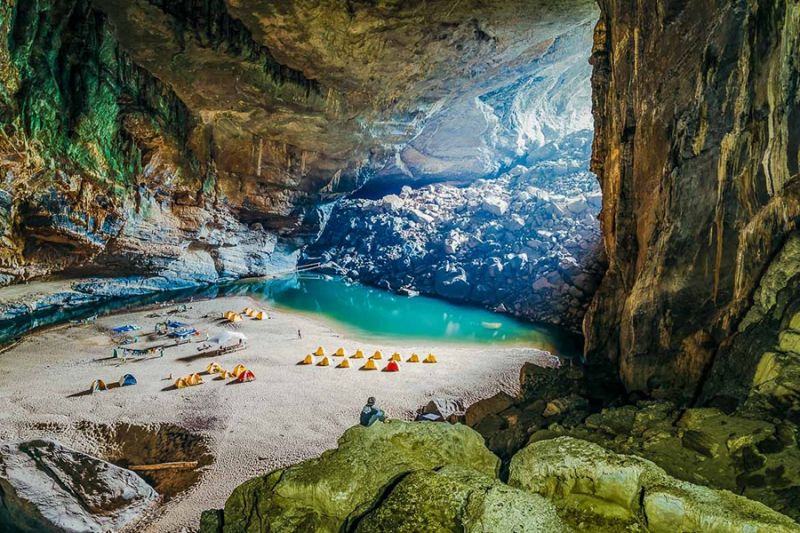
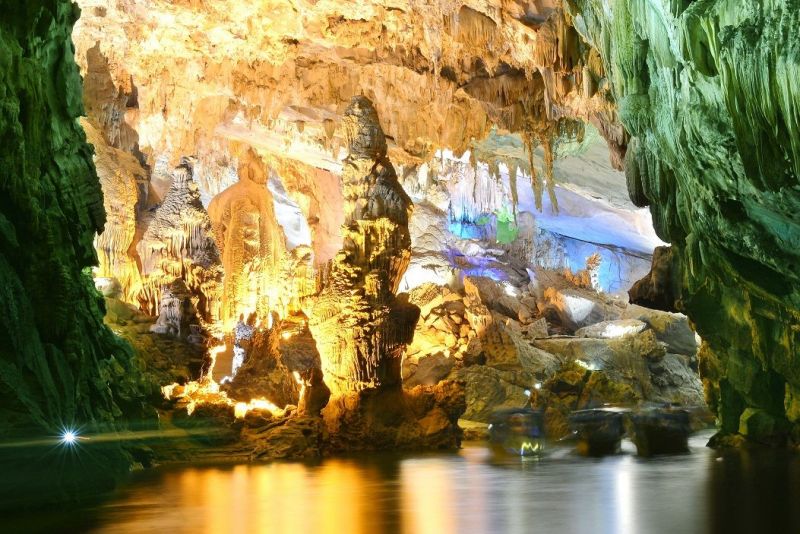
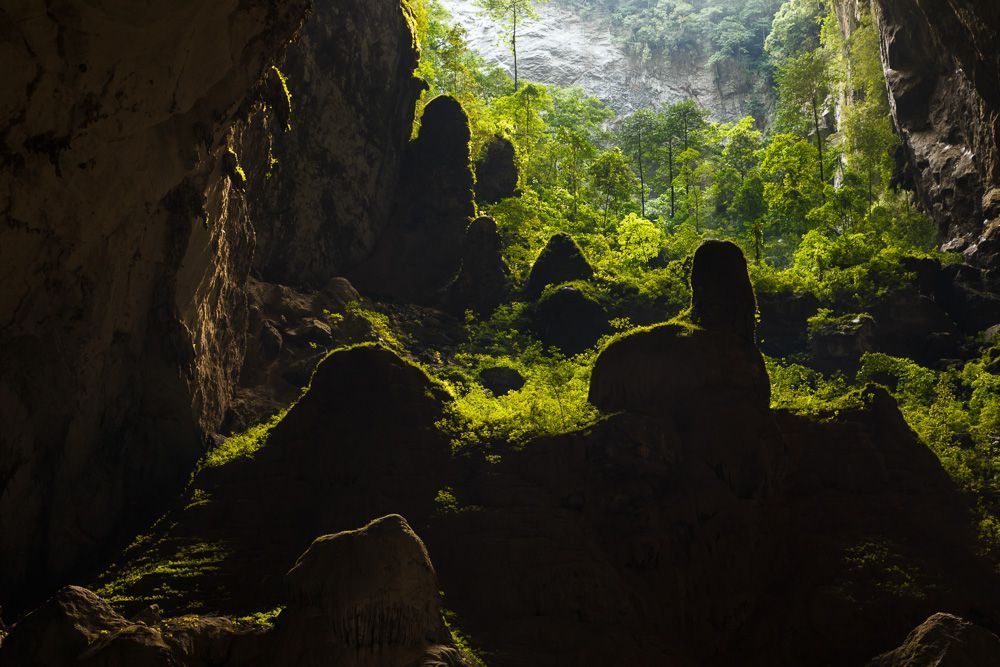
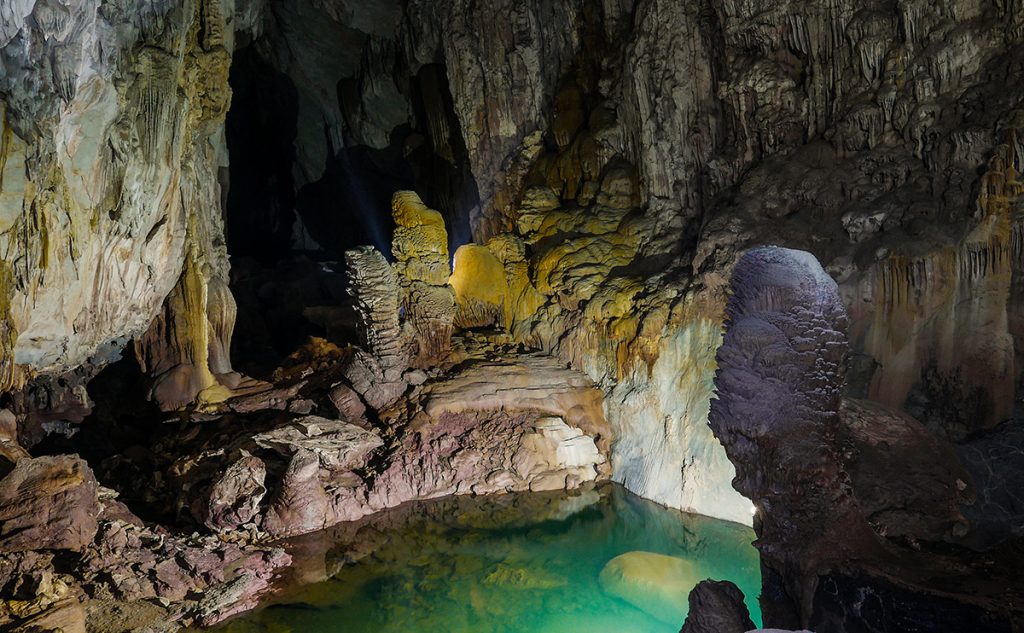
PACKAGES
Phong Nha - Ke Bang
Contact Us
Phong Nha – Ke Bang
PACKAGES
Tour Phong Nha – Ke Bang 3 days 2 nights
Phong Nha – Ke Bang
Vietnam possesses a hidden, endless beauty that has never ceased to be attractive to domestic and foreign tourists.
DETAILS
